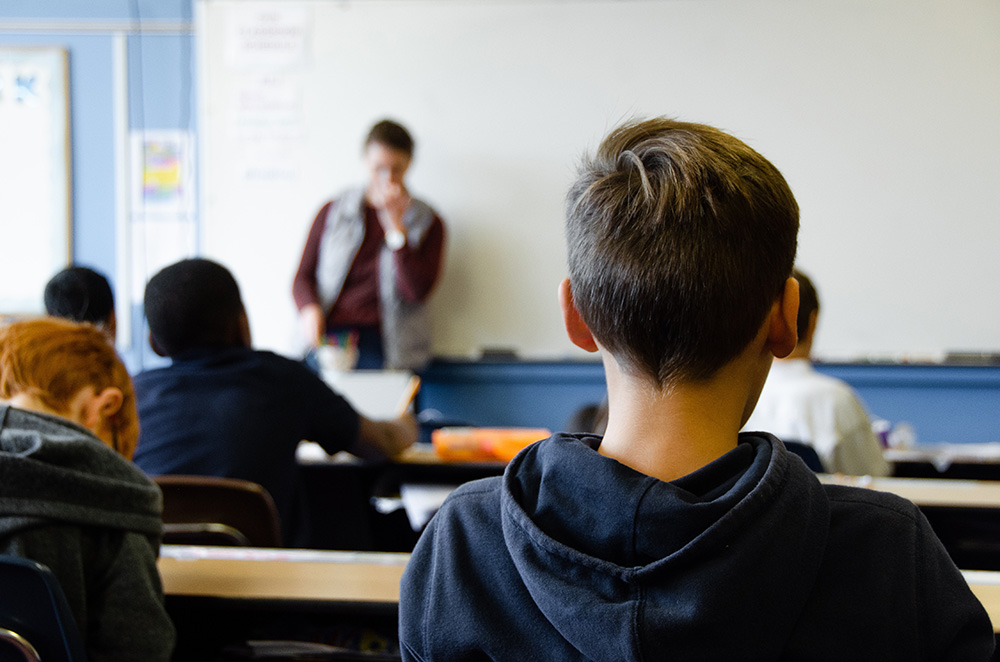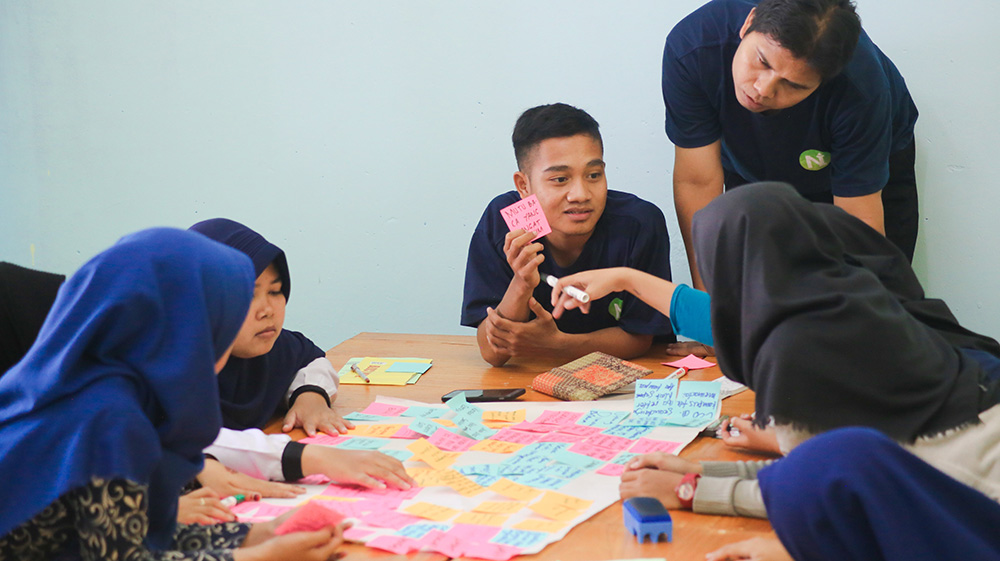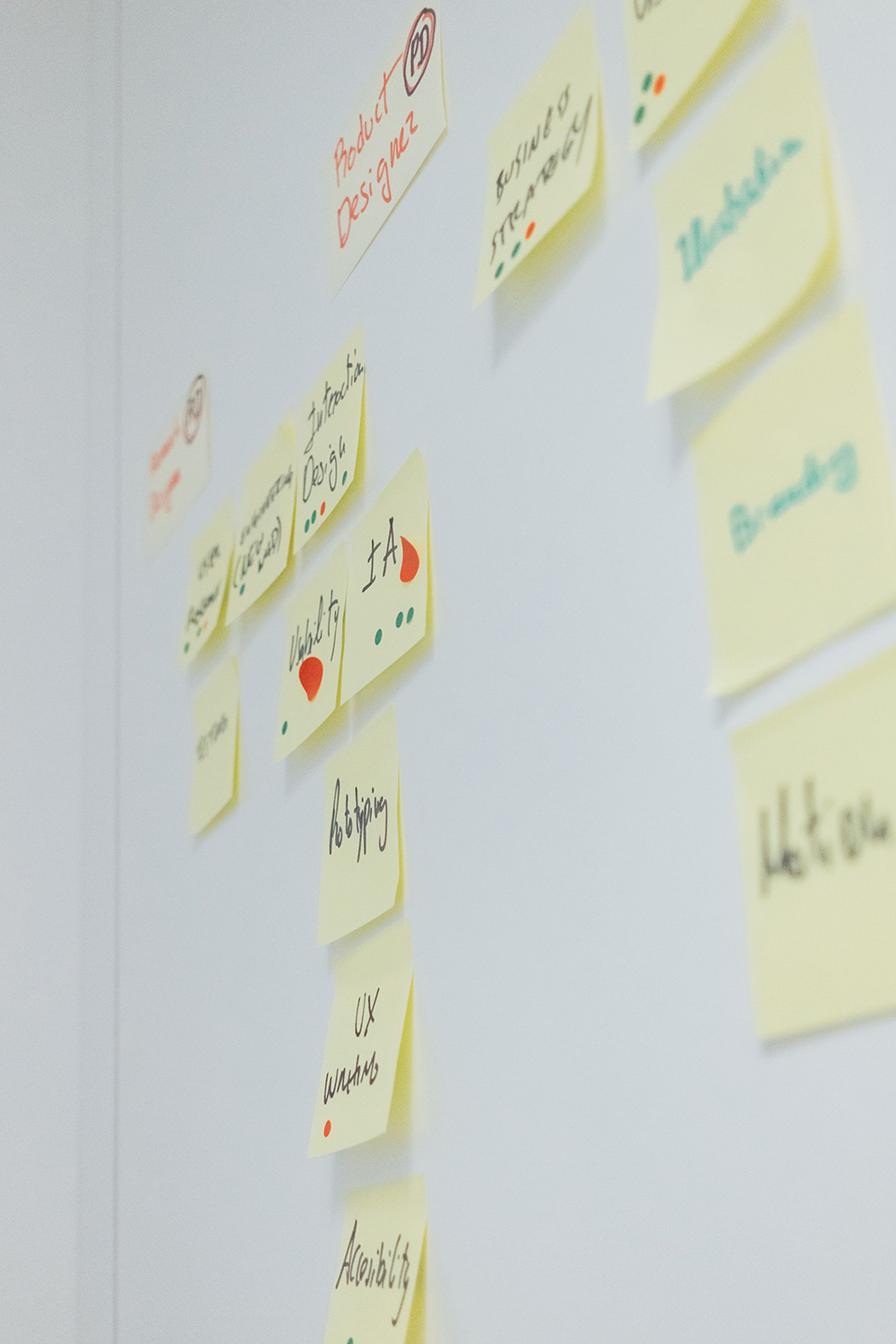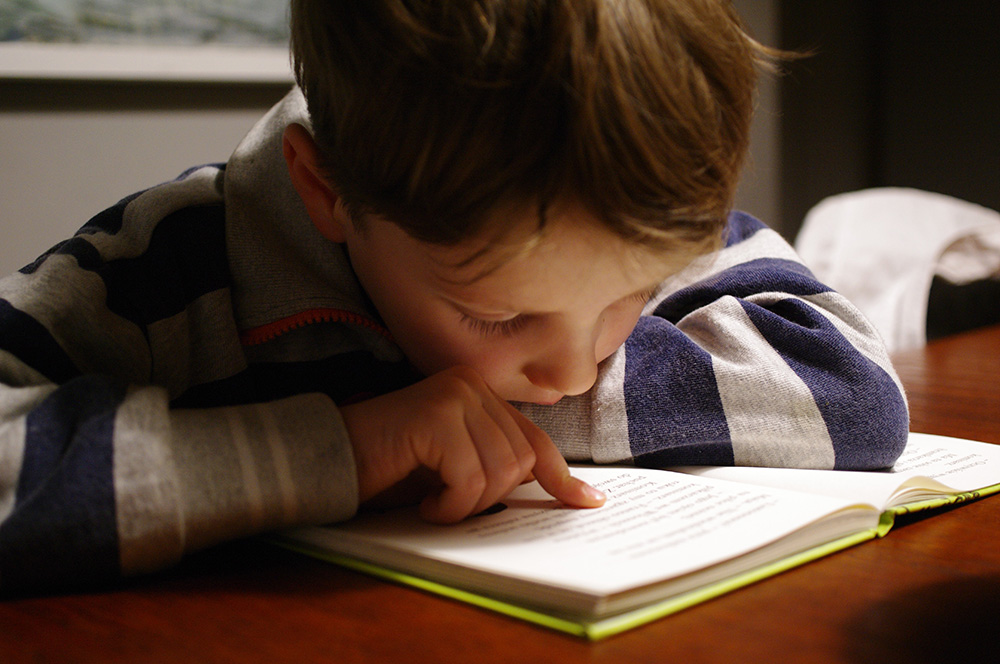How To Grow Vocabulary Through Semantic Mapping
Vocabulary and oral language skills are two strong predictors of later learning success, but many educators don't know effective methods to boost student vocabulary skills. While the development of vocabulary often occurs organically through reading and listening, vocabulary can—and should—be explicitly taught by educators at every grade level.

One way to engage students in vocabulary instruction is to teach vocabulary using a visual strategy called semantic mapping (sometimes called graphic organizers).
What Is Vocabulary? Why Does It Matter?
Early elementary education focuses primarily on teaching children to read through concepts such as the alphabetic principle, phonemic awareness, and phonological awareness. These central concepts inform oral language skills, but they do little to improve student comprehension of the text being read.
Language functions as more than simply oral sounds; language is used to communicate meaning. To understand what they're reading or hearing, students must have strong language comprehension skills. Vocabulary development is directly tied to reading comprehension, so students with a strong vocabulary will be more highly equipped to gain knowledge and understanding while reading or in classroom lessons.

What Are Semantic Maps?
Semantic maps, or graphic organizers, are an evidence-based teaching strategy that help to increase vocabulary for students from upper elementary through high school and even college education levels. Once students have mastered the key concepts of literacy, they're ready for semantic maps.
The central idea behind the semantic mapping instructional strategy is to learn new vocabulary terms by connecting new words with known, related terms. These related terms are separated into broad categories based on what they are or what they do. Using context clues, their current knowledge of language, and effective category topics, students can increase their comprehension of new words without trying to simply memorize terms.
Creating a semantic map requires critical thinking as students learn to make connections between ideas. Graphic organizers are a no-prep activity for educators, and they can be done as a class activity or as an individual activity. Semantic maps are an excellent tool for increasing vocabulary while promoting discussion among students.

Which Students Might Benefit From Semantic Mapping Activities?
Semantic maps are beneficial for students of all learning levels who have already mastered the central concepts of literacy. However, graphic organizers are particularly helpful for some students, including visual learners. They also make vocabulary curriculum accessible to children with learning disabilities and English Language Learners.
How To Use a Semantic Map: Step By Step
There's no one way to make semantic maps. Some instructors format semantic maps like Venn diagrams, while others use a bubble map or more hierarchical structure mapping. Semantic map templates are also available online for educator use. Semantic maps can be created on the computer, on paper, or using a whiteboard.
To get started using semantic maps as a class activity, use this simple step-by-step guide:
- Choose an unfamiliar word from a text you're working through in class.
- Write the chosen word on a large piece of paper or on a whiteboard so the whole class can see it. Circle the word for emphasis.
- Use context clues to make some initial assumptions about the word. If the unfamiliar word appears in your class text, read the full sentence the word appears in. Hone in on the surrounding words and terms. Do they add any familiar context to the meaning of the unfamiliar word?
- Look up the word in the dictionary to determine the exact meaning of the word. Read the definition aloud if your class contains beginning readers, or have a student read the definition aloud at upper grade levels.
- Aloud, and as a group, brainstorm a couple of ideas for other words, phrases, or images that may relate to the unfamiliar word. As helpful ideas are added, write them on the board. You can also print pictures and add them to your semantic map.
- Once a significant number of words have been added to your map, encourage students to group words into categories. Creating category names helps to direct the discussion and may help students remember more about the unfamiliar word. Group words in the same category together on the semantic map, and circle the categories.
- Once your semantic map is complete, re-read the original text with the new understanding of the unknown word.

Consider this process with the sentence, "The first moon landing was made by the spaceship Apollo 11 in 1969 with a crew of three astronauts" and the unfamiliar word "crew" as an example.
- The educator selects the word "crew" from the text.
- The educator writes and circles the word "crew" on a large surface.
- Students may pull out words and phrases such as "moon landing," "spaceship," and "astronaut" from the text to provide some initial context.
- The educator may select a student to read the definition of crew: "A group of people associated together in a common activity."
- The educator may encourage students to suggest lots of ideas for related words, including words such as "team," "job," "together," or "friends."
- Related words can be split into categories and circled. One category for this activity might be "feelings:" friendship, togetherness, or teamwork.
- Students should then re-read the text and explain their new understanding of the word.
Examples of When To Use Semantic Mapping
Semantic maps can be an effective tool at any grade level, depending on how they're implemented. For example, higher grade levels can use semantic mapping techniques to not only learn vocabulary but develop a more thorough understanding of complex concepts. A teacher could use a semantic map before starting an unfamiliar unit, like a unit discussing the women's suffrage movement. They could then compare this map to a semantic map completed after the unit is complete to demonstrate to students what they learned and how the various topics they covered relate to one another.
Even the youngest learners can benefit from semantic mapping. Early elementary educators can utilize semantic maps to help students with phonological awareness skills—teachers should simply choose a word and write some related and unrelated words around it. Students can then categorize the surrounding words into categories based on their understanding of the phonological awareness skill being taught. For example, an educator could write the word "cat" on the board and surround it with words like "cup," "catch," "bat," and "sat." Students could practice grouping rhyming words, like "cat," "bat," and "sat," or alliterative words, like "cat," "cup," and "catch."

Help Students Develop Vital Comprehension Skills With Support From Voyager Sopris Learning
Voyager Sopris Learning's comprehensive literacy programs support comprehension and reading skills at every grade level. Our LANGUAGE! Live® program develops critical reading skills for students in grades 5–12, while Voyager Passport® and Reading Rangers provide literacy intervention and reading practice for students in grades K–5.

